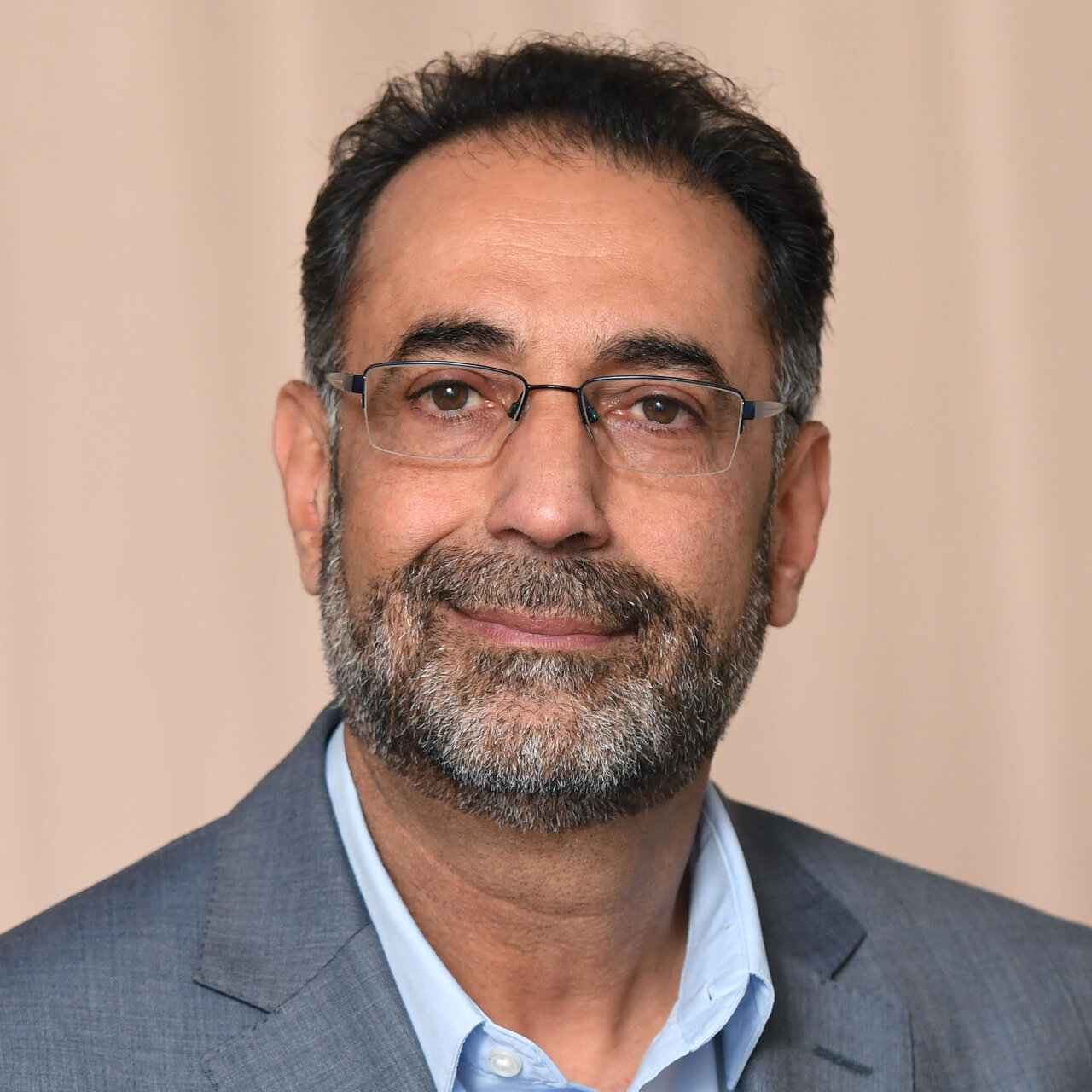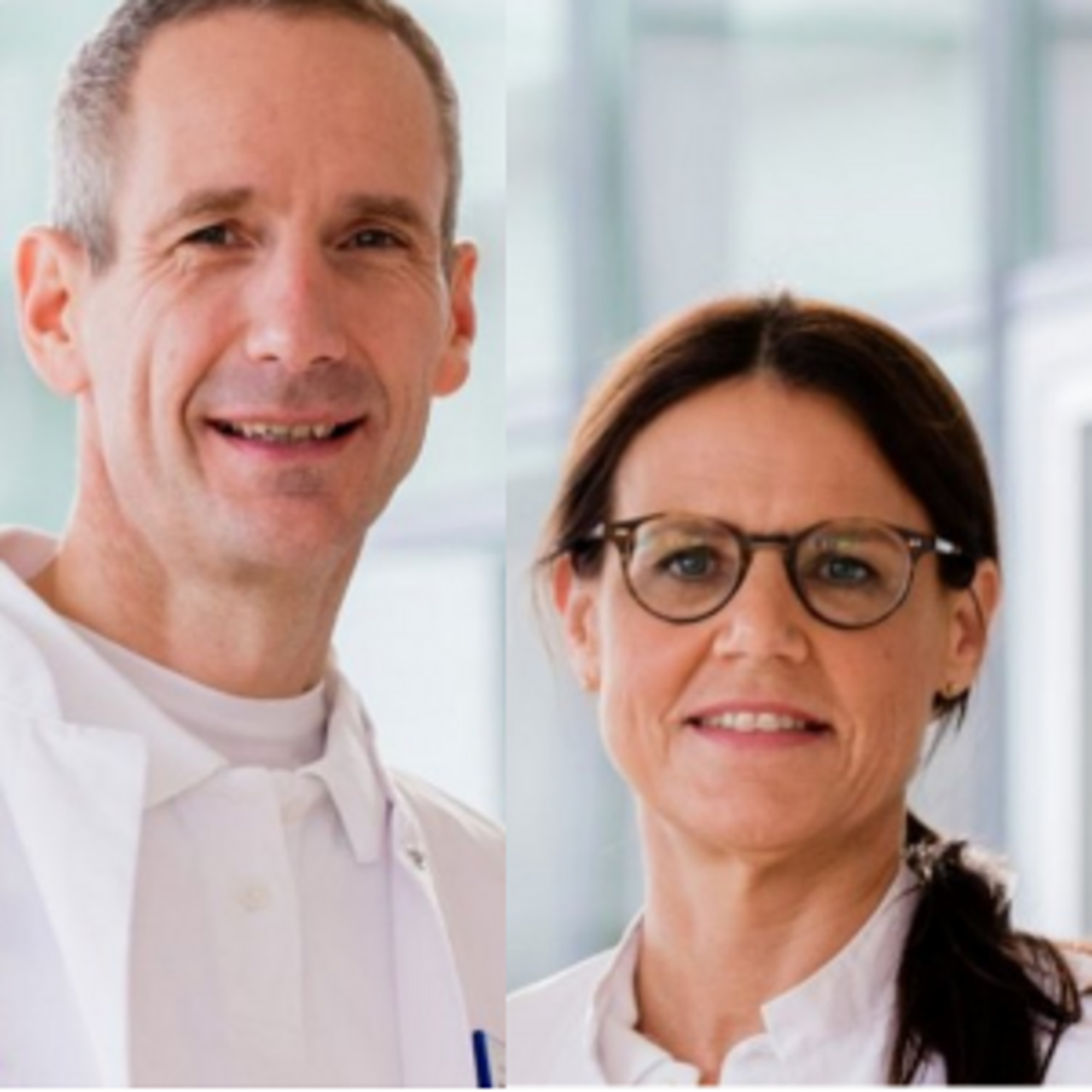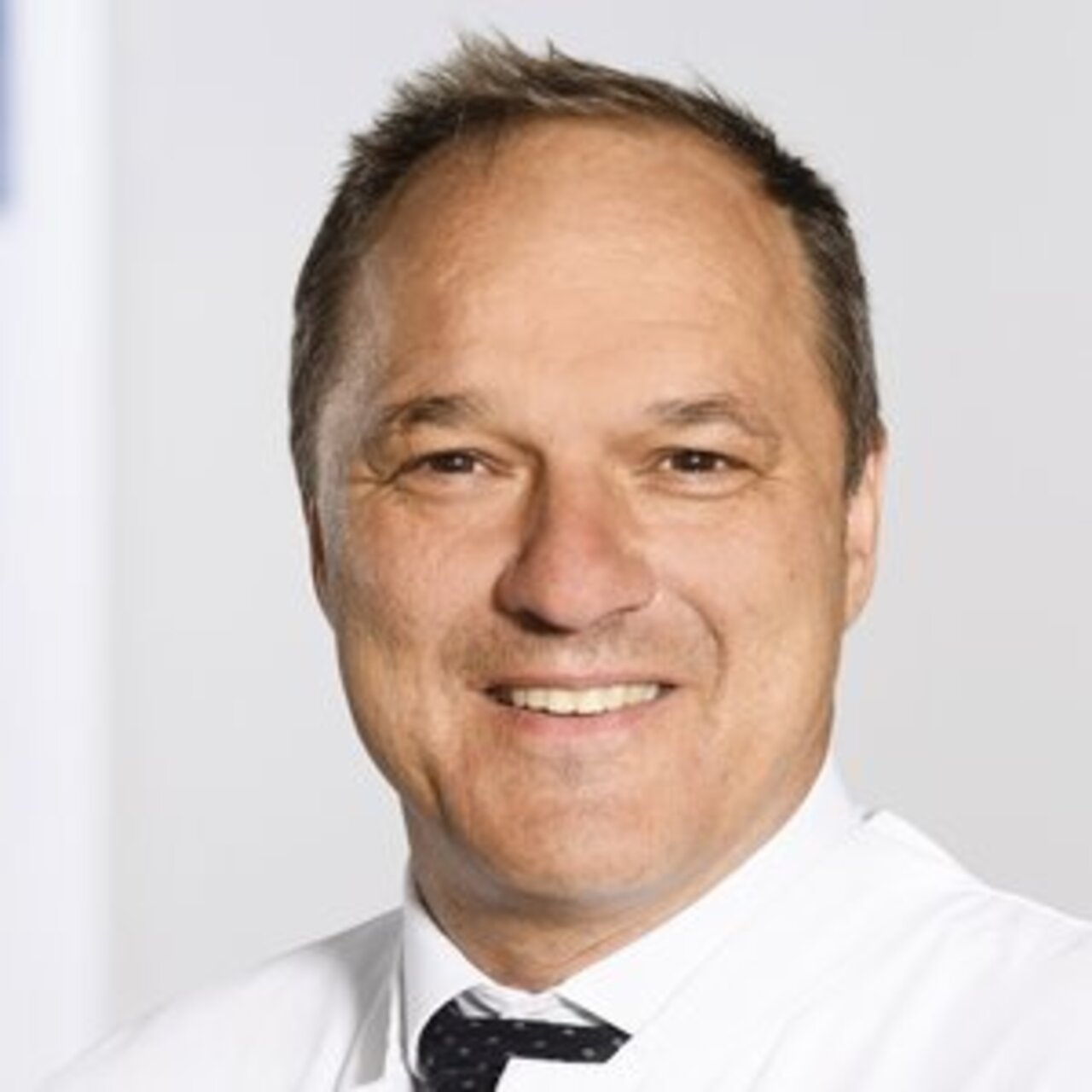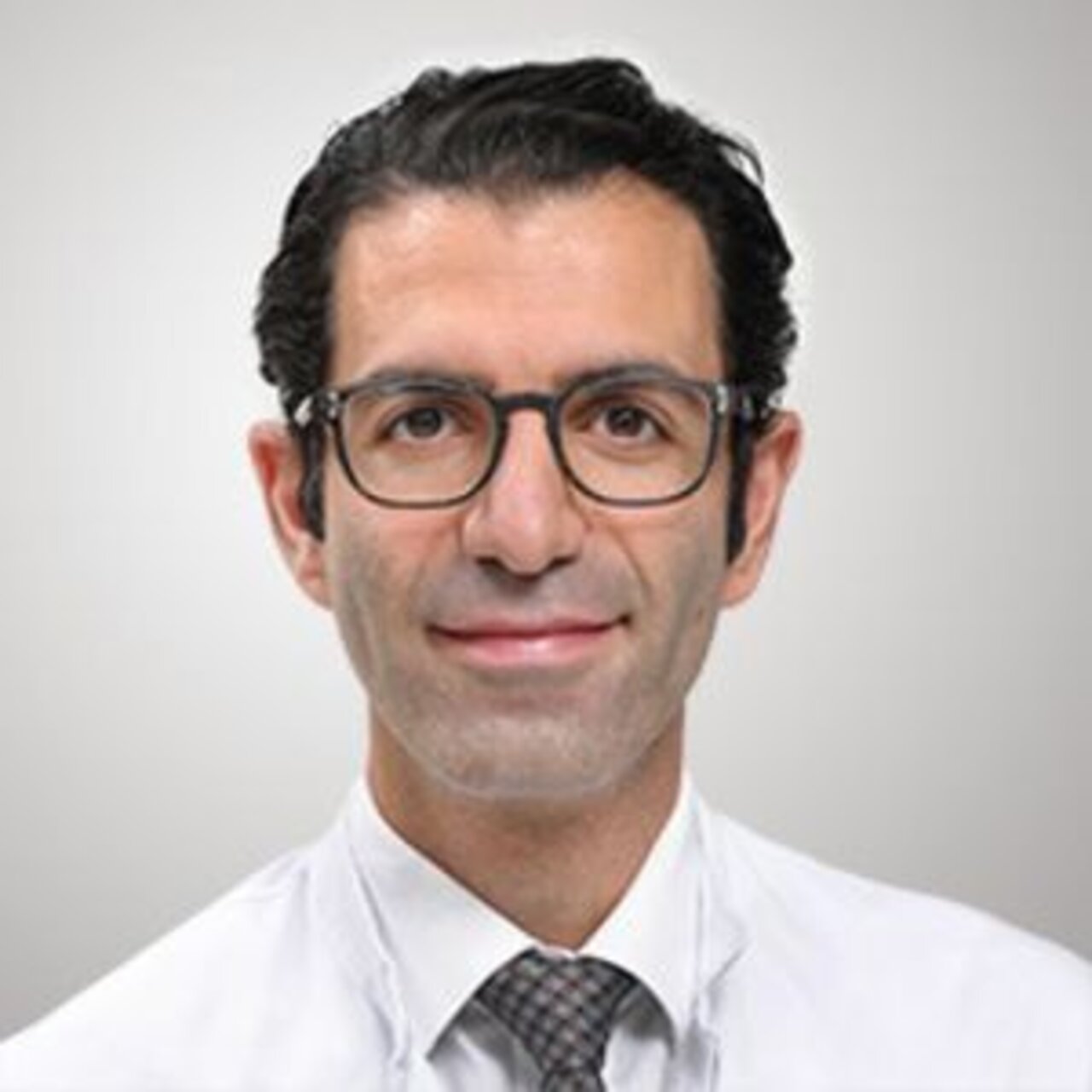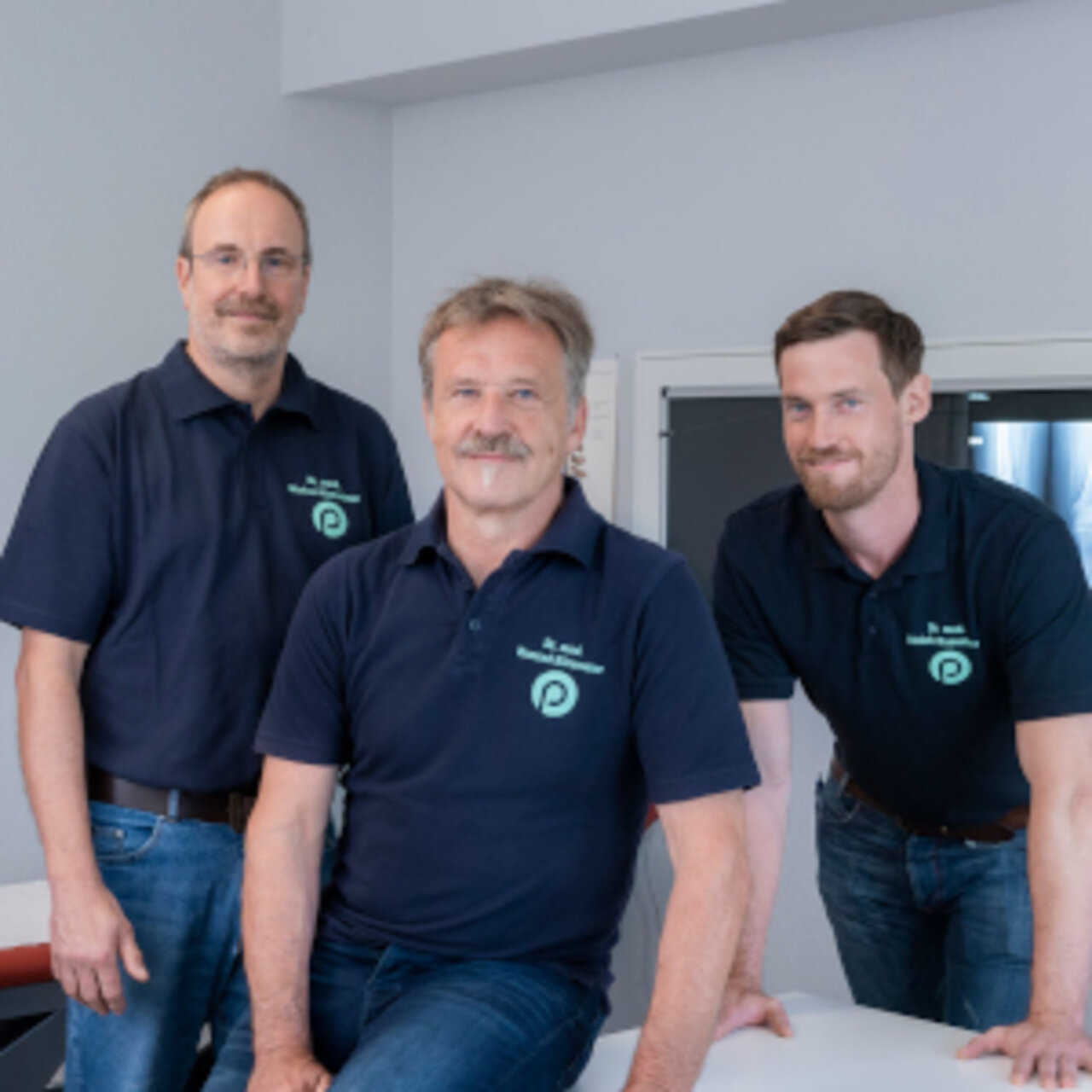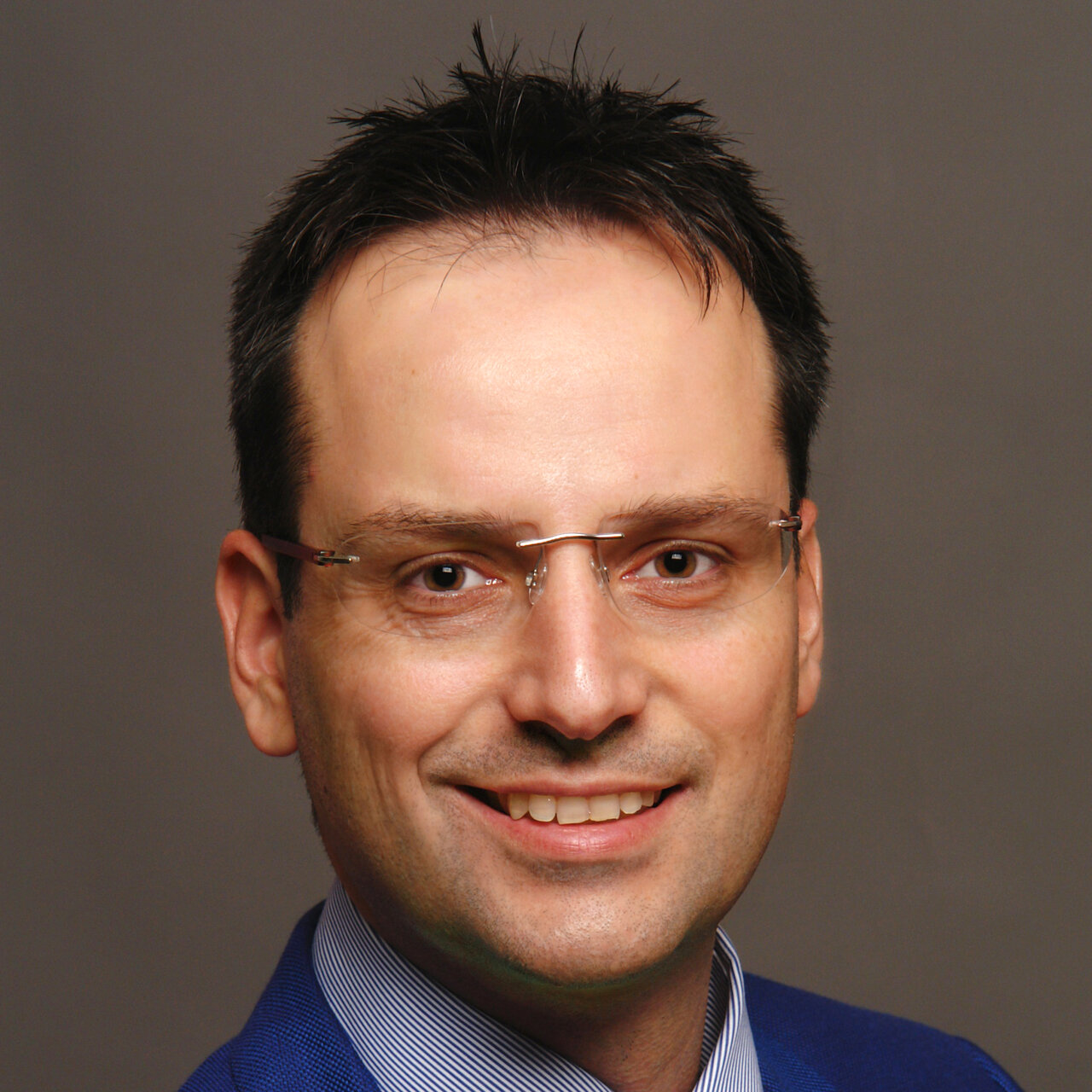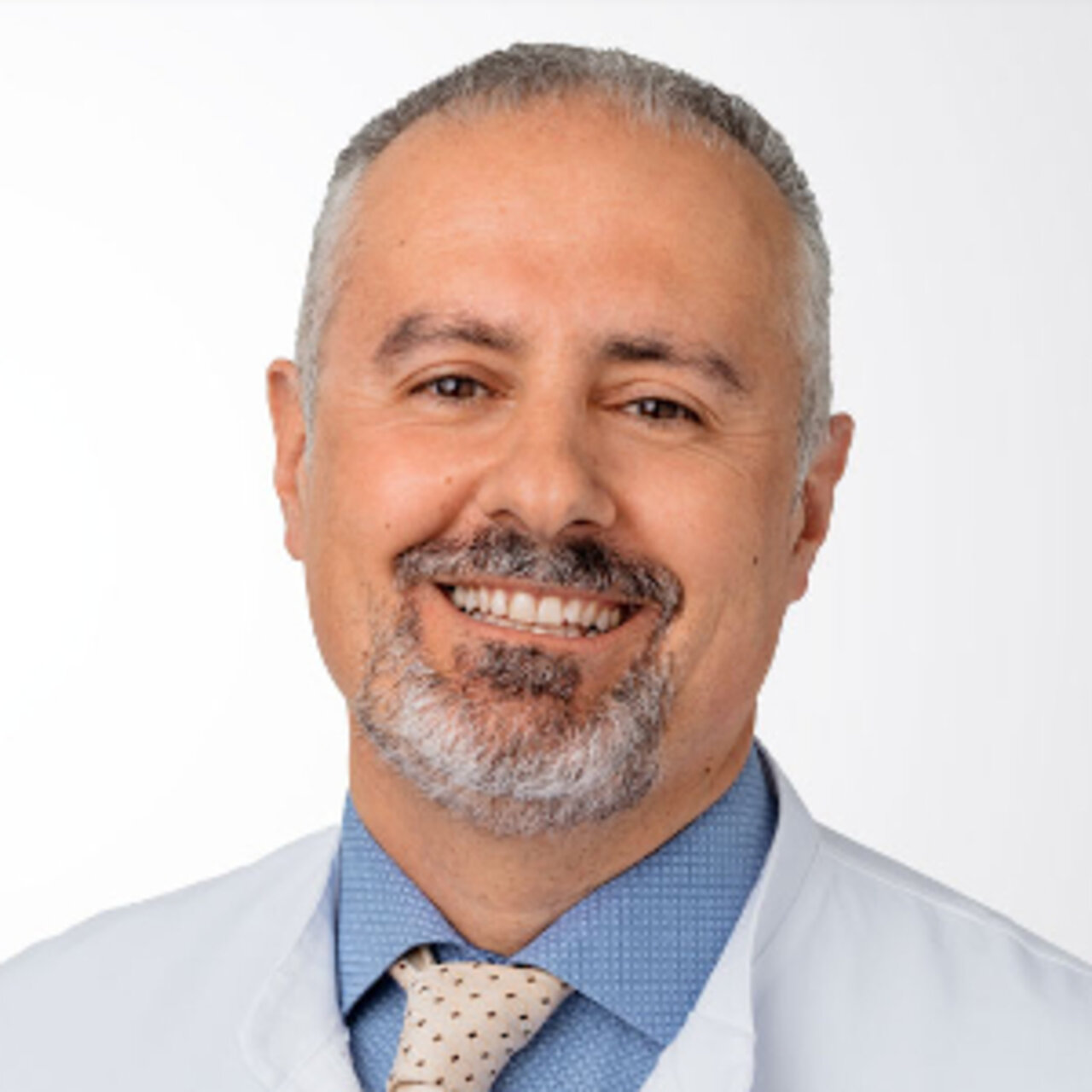Specialists in Osteochondrosis
11 Specialists found
Information About the Field of Osteochondrosis
What is osteochondrosis?
Osteochondrosis refers to a wear-and-tear disease of cartilage and bone that most frequently affects joints that are under a lot of stress. A combination of several factors results in the painful death of bony and cartilaginous tissue in the joint. This may have severe consequences for the musculoskeletal apparatus and therefore influence the patient’s quality of life.
What causes osteochondrosis?
It’s not simply the cause alone, that leads to osteochondrosis. There is a combination of multiple unfavorable factors that contributes to its development. Particularly long-term overload of single joints together with local disorders of blood circulation play a key role. But also smaller injuries or hormonal factors can promote osteochondrosis, and the disease may further run in families.
What symptoms are experienced?
Typically, osteochondrosis affects those joints which are under great mechanical stress. The most frequent location is the spine. But it may also arise in knee, ankle or elbow joints especially during childhood and adolescence. Through degenerative (due to wear) processes, on the one hand a decrease in thickness of the intervertebral disc, which is located between the bony vertebrae and normally absorbs mechanical load can be seen. On the other hand, abnormal changes appear on the bony rims of adjacent vertebrae, which causes loss resilience and development of bony spurs, known as spondylophytes, and all in all a decrease in range of motion.
In the early stages, osteochondrosis may remain unnoticed and cause only little pain. Over time, however, it is characterized by pain not only after exercise but also when lying down. Depending on the severity of the disease, it can be more or less painful and differ from patient to patient. Based on the location of osteochondrosis, the pain may radiate to distant body regions. The typical patient will present with a protective posture to better cope with the pain. Other symptoms include swelling, limited range of motion, stiffness especially after waking up in the morning or muscular tension in the back. The above mentioned radiating pain can also arise as a tingling sensation or numbness in the arms or legs.
Osteochondrosis of the lumbar spine
Osteochondrosis is more common in the lumbar than in the cervical spine, which is located above.
It will lead to pain especially in the lumbar region of the spine especially when lying and after physical strain. In the case of osteochondrosis of the lumbar spine, pain radiating to the legs is frequently encountered and may also bring about numbness or a tingling sensation. More severe symptoms like urine incontinence and other neurological symptoms such as dizziness should be immediately investigated by a doctor.
As mentioned already, patients often suffer from a restricted range of motion.
Osteochondrosis of the cervical spine
If the cervical spine is affected, symptoms are also often creeping neck pain, that gets much worse over time. Furthermore, the head’s range of motion is restricted. Besides muscular tension and neck stiffness, pain often radiates to the arms and fingers and may also be perceived as a sensation of tingling or numbness. Dizziness is another possible symptom.
How is osteochondrosis treated?
Conservative treatment, that means without surgery, is generally preferred for osteochondrosis. However, this approach is most effective especially during the early stages and can halt or at least delay the progression of the disease. In far advanced stages, oftentimes there is no alternative to surgery.
The core elements of conservative therapy include at first rest and pain as well as anti-inflammatory medication, to relieve the symptoms. If the pain is managed well, physiotherapy to strengthen the back musculature and stabilize the spine is prescribed. Also patients are advised to lose weight and follow a healthier lifestyle. Physical therapy with external stimuli such as local warmth or cold can be useful, too.
Once the conservative approach has been exhausted without achieving a successful outcome, osteochondrosis can be treated with surgery. There are several approaches, to offer a better quality of life to this group of patients which often has to suffer severe pain. For instance, the worn off part of the spinal column (especially the intervertebral disc) can be surgically replaced with a prosthesis. This leads to a return to the initial function of the intervertebral disc and range of motion is improved for this particular spinal segment. Usually, patients have to stay in the hospital for several days following the procedure until they are discharged, so that they can receive post-operative care and be monitored. Orthopedic support (such as a special corset) are usually prescribed to stabilize and relieve the operated spine. Physiotherapy aims for early recovery of muscular function.
More severe cases of osteochondrosis can be immobilized by surgically fusing two or more vertebrae (spondylodesis). It involves fixating implants to adjacent segments that are misaligned so that they become stiffened. This will impair any movement of the operated segment, however it eliminates pain and adjacent segments are able to compensate for the range of motion to some extent. As the healthy adjacent segments now have greater mechanical requirements, it is crucial to undergo correct physiotherapy. By doing so, individual muscle groups can be precisely mobilized and strengthened to account for stability and relief of the strain.
Is osteochondrosis curable?
No, the damage done to bone and cartilage are final and irreversible and cannot be restored by medical intervention. Nevertheless, modern therapeutical approaches offer very good chances of success, in case they are employed correctly and as early as possible. Giving a generalized prognosis is not possible unfortunately, because not only the time of intervention but also individual factors such as age, health status and other diseases play a role.
Which doctors and clinics are specialists for osteochondrosis?
If you're in need of a doctor, you expect the best medical care possible. So of course patients are curious to find out what clinic to go to. As there is no objective way to answer this question and a legitimate doctor would never claim to be the best, patients must rely on a doctor's experience.
Let us help you find an expert for your condition. All listed doctors and clinics have been reviewed by us for their outstanding specialization in the field of osteochondrosis and are looking forward to your inquiry or wish for treatment.
